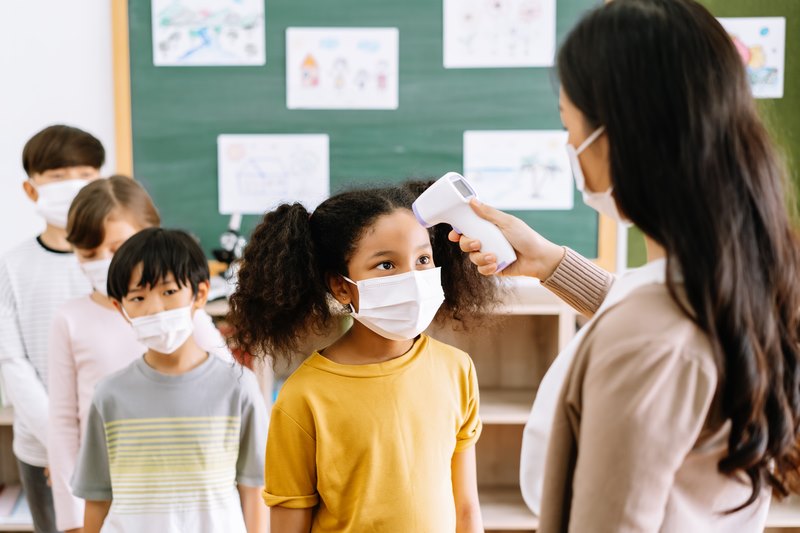
 March 2022 marks the second year since the World Health Organization declared the outbreak of the novel coronavirus disease (known now as COVID-19) a pandemic and the world entered a period of shutdowns, social distancing, mask mandates, and vaccination efforts. Since then, people around the world have been striving to return to some sense of normalcy.
March 2022 marks the second year since the World Health Organization declared the outbreak of the novel coronavirus disease (known now as COVID-19) a pandemic and the world entered a period of shutdowns, social distancing, mask mandates, and vaccination efforts. Since then, people around the world have been striving to return to some sense of normalcy.
In response, the Center for Disease Control (CDC) has continuously changed guidelines* concerning quarantine and isolation, with their most recent including shortened quarantine time for those who are positive and eliminates quarantine after exposure unless you are experiencing symptoms.
As seen in “CDC says” memes which began trending on Twitter after the announcement of the most recent, less strict guidelines, many people feel that the new guidelines are not for their protection but rather a way of forcing people back to work and school despite the possibility of infection. Timothy Coombs, a professor in the Department of Communication, says the public’s doubt of the CDC’s true intentions can be traced back to the CDC’s inconsistent messaging.
“Inconsistency leads people to doubt later messages and creates confusion,” Coombs explained. “The most recent example was the change in time before returning to work. The reduction in time seems to be pragmatic; we need certain workers back more quickly. But people do not appreciate the reason, just that the message is inconsistent. If the CDC is to make pragmatic choices, people need to know what the best advice is and why the CDC is not using that best advice.”
When faced with the new guidelines, Americans were left scratching their heads in confusion without a full explanation for the changes. While COVID-19 is a rapidly changing virus which will require constantly changing safety guidelines, there also needs to be constant communication regarding those changes.
“The CDC needs to be more transparent in the reasoning for the change,” Coombs said. “It is okay to shift policies because of situational demands, but if people do not know why there has been a shift, the messaging becomes contradictory and confusing.”
People have been adapting to life with the coronavirus for two years now. Some people have become desensitized to the gravity of the situation. Memes and comedic videos depicting life within the pandemic are relatable but can also make light of a deadly pandemic.
“COVID-19 is a serious illness, and at this point, we know very little about the long-term impacts of a COVID-19 infection,” Jessica Bernard, an associate professor in the Department of Psychological and Brain Sciences, said. “It’s not uncommon for viral infections to cause negative outcomes later in life. For example, the HPV virus is linked to cervical cancer, and just last week a paper came out linking the Epstein-Barr virus (mono) with multiple sclerosis.”
Though the precautions for preventing more COVID-19 cases can seem inconvenient, Bernard emphasized that the discomfort is short term and will result in a long-term gain.
“It’s not super fun to wear a mask or to abstain from many of the group activities we enjoy,” Bernard shared. “However, small steps in the short term, like mask-wearing and avoiding crowded indoor spaces particularly when unmasked, could go a long way in preventing personal illness, and also broader negative impacts on our community.”
Going into yet another year with the pandemic, the best thing the public can do is conduct their own research using reputable sources.
“People should only share information they can verify from expert medical sources such as public health agencies,” Coombs advised. “Do not take messages at face value, closely examine the source.”
* This link is no longer active and has been removed.

